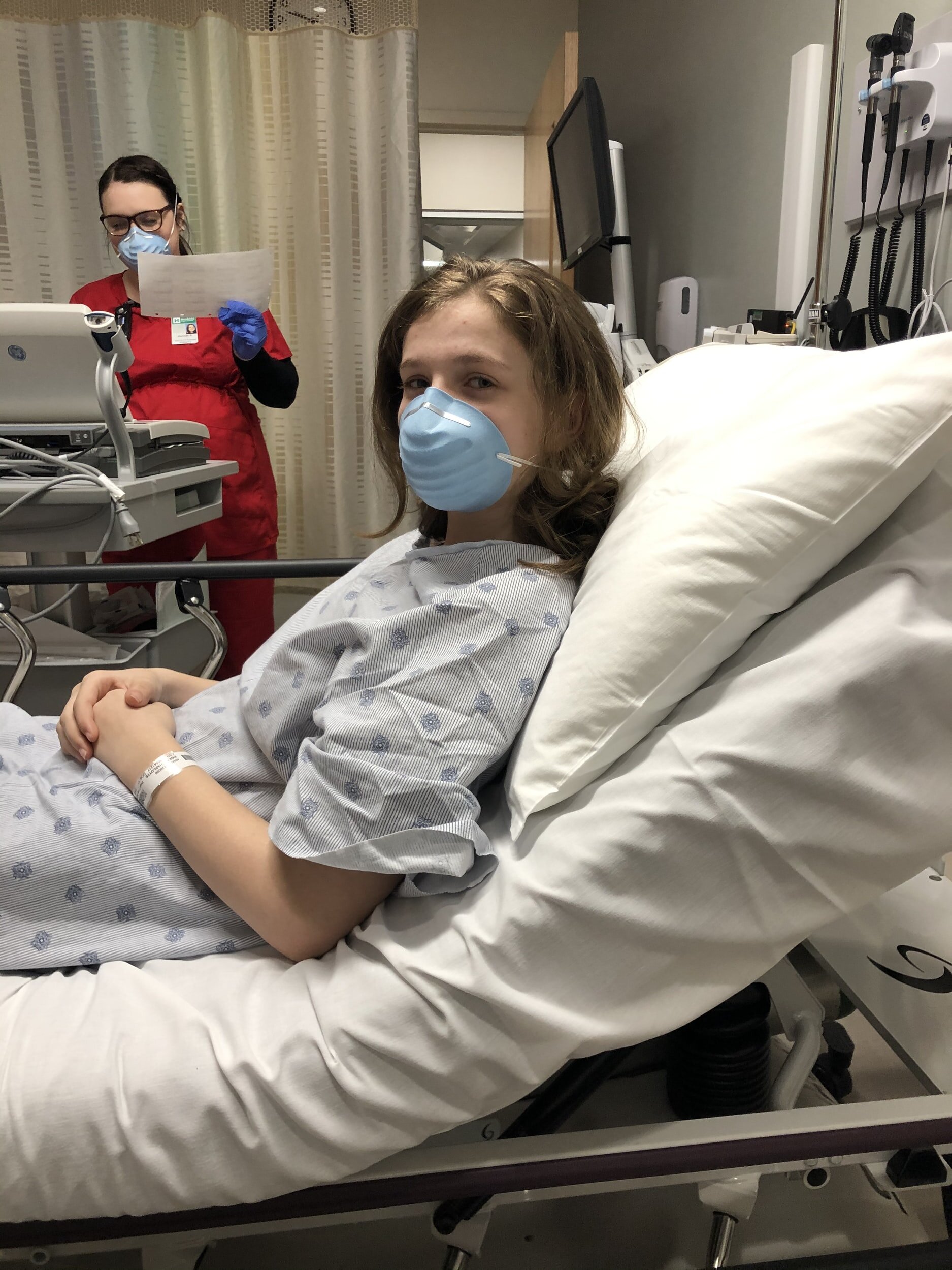What is a heart attack?
A heart attack happens when blood stops flowing to part of your heart.
Your heart needs a constant supply of oxygen. It gets the oxygen and food it needs from your blood, through its blood vessel network (called the coronary arteries).
If one of your coronary arteries suddenly becomes blocked by a blood clot, this will cause a heart attack. A blockage in one of these arteries means that there is a part of your heart that can’t get oxygen. If the blood flow isn’t restored quickly, this part of the heart muscle starts to die.
Coronary heart disease is often the cause of a heart attack.
Coronary heart disease or coronary artery disease is when fatty plaque builds up inside walls of the coronary arteries. Over many years this plaque gets thicker and hardens, making the artery narrower, stiffer and less smooth. This is known as atherosclerosis.
How a clot forms
When we injure ourselves, no matter where in our body, red blood cells will stick together (clot). This is to stop you from bleeding too much. However if injury occurs within a coronary artery, the blood forms a clot, which can lead to a heart attack.
A blood clot will form in a coronary artery when plaque cracks.
If the plaque in a coronary artery tears or cracks, a blood clot will form over it. If the artery is already narrow because of a build-up of plaque, the clot may block your artery completely. It is not known why some plaques suddenly tear or crack while others cause no trouble for many years.
As mentioned above, if the blockage isn’t treated quickly the portion of heart muscle fed by the artery begins to die.
What are the symptoms of a heart attack?
No two heart attacks are the same. It’s not always like you see in the movies… people clutching their chests and dropping to the floor. Symptoms vary from person to person. For example, if you are diabetic, you may not experience any chest discomfort at all, just other symptoms. Women are also known to experience different symptoms to men.
Common symptoms:
Pain or discomfort in the chest (varying from mild discomfort, 'indigestion' like pain to sharp, severe pain)
A dull ache or pain in the left arm
Pain or discomfort in the back
Pain or discomfort in the jaw
A general feeling of severe tiredness
Feeling clammy and sweaty
Looking pale, unwell or 'grey'
Feeling sick or nauseated, vomiting
Feeling faint or dizzy
Unable to walk short distances without feeling 'puffed'
A sense of overwhelming fear or 'doom'
Risk factors for having a heart attack
Risk factors you CAN'T change:
Gender - men are more likely than women to develop heart disease at a younger age. However, after age 55 for females (or after the menopause), the risk for men and women is the same
Family history of heart disease (if a close relative had early heart disease)
Ethnicity (those with African or Asian origin are at higher risk of developing heart disease)
Risk factors you CAN change:
Smoking
High blood pressure
Being overweight or obese
Having diabetes
Why?
People with diabetes have higher risk of coronary heart disease. Their arteries are more likely to thicken and leave less room for blood to flow through. Having diabetes can:
Increase plaque build-up in arteries
Increase blood pressure and high cholesterol, which help plaque to build up inside the arteries
Make it easier for blood to clot, which stops the blood from flowing well through the arteries.
Poor diet
Physical inactivity
Stress



